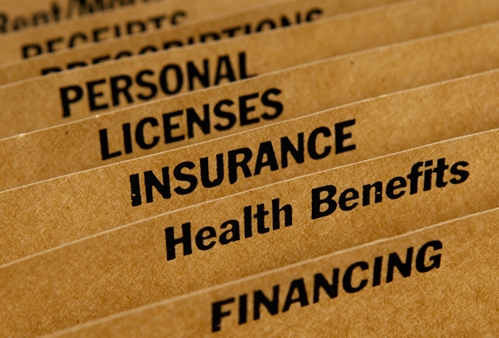EHR use growing rapidly at federally funded health care centers
According to a recent study by The Commonwealth Fund, the use of electronic health records at federally funded health centers has increased tremendously over the last five years, growing by 133 percent. The study credits financial incentives offered by the federal government as the overriding reason why this immense growth has taken place.
Progressing quickly
According to the study, the percentage of federally funded health care centers using EHRs was at 40 percent in 2009, based on a survey conducted by The Commonwealth Fund at the time. Not coincidentally, 2009 was the first year monetary incentives were available through the federal government's meaningful use program, and 76 percent of the health care centers in question were qualified to receive this money. By 2013, that figure had more than doubled to a whopping 93 percent.
The study noted that the largest increases in EHR adoption occurred in regions that are low-income and largely underserved by the medical community. A separate study, published in the Journal for Healthcare Equality, noted that federally funded health care centers "are one of the largest safety-net providers in the United States."
Out of 20 million patients who utilized such centers for primary care and support services, 93 percent were living below 200 percent of the federal poverty line. Sixty-two percent were minorities, 40 percent were on Medicare or Medicaid and 36 percent did not have insurance, according to the study published in the Journal For Healthcare Equality, the lead author of which was Michael Wittie MPH.
Room for improvement
While the adoption of EHRs by so many facilities is a great leap forward in expanding the use of EHRs nationwide, there were some caveats. The study Commonwealth Fund study cited the need to enhance interoperability as well as patients' ability to access their records. Another area where there is room for progress in integrating mobile technology into health care for the purpose of expanding outreach to patients and access to care. The study also noted that text messaging between providers and patients is one way to accomplish this.
Despite the progress that has been made in the area of EHR systems, federally funded health care operations are still lacking when it comes to advanced health information technology. Currently, only 35 percent of federally financed health centers are capable of reminding patients about seeking help for preventative or follow-up care that has been recommended by their primary care physician. This is the same percentage that was able to do so in 2009, according to the Commonwealth Fund study. One HIT area that showed signs of improvement was the ability of the systems to let patients know about issues with medication or drug interactions that could occur due to a patient's prescriptions. By 2013, 83 percent of federally funded health care centers were able to do this, compared with 38 percent in 2009.



